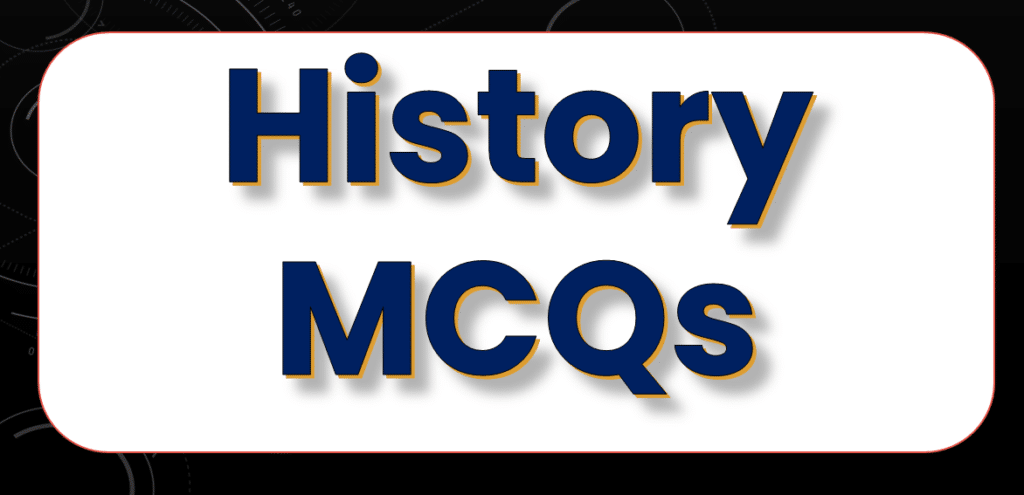The Making of Regional Cultures MCQ Class 7. These 100 Multiple Choice Questions will help you score full marks in your Class 7 History Social Science exam.
The Making of Regional Cultures MCQ Class 7
Introduction The Making of Regional Cultures (MCQ 1 to 6)
The Cheras and the Development of Malayalam (MCQ 7 to 14)

Rulers and Religious Traditions (MCQ 15 to 25)
The Rajputs and Traditions of Heroism (MCQ 26 to 36)
Beyond Regional Frontiers: The Story of Kathak (MCQ 37 to 48)
Painting for Patrons: The Tradition of Miniatures (MCQ 49 to 60)
Regional Language and Culture in Bengal (MCQ 61 to 72)
Temple Building and Cultural Transformation in Bengal (MCQ 73 to 84)
Food and Cultural Identity in Bengal (MCQ 85 to 100)
Most Asked Important Questions on The Making of Regional Cultures MCQ Class 7:
What factors contribute to the formation of regional identities in India?
Regional identities in India are shaped by language, food, clothing, art, and historical influences, along with the intermixing of local traditions and external ideas.
How did the Chera kingdom influence the development of the Malayalam language?
The Chera kingdom, established in the 9th century, introduced Malayalam through inscriptions and promoted its literary development, drawing influences from Sanskrit.
What role did the Jagannatha cult play in the social and political landscape of Orissa?
The Jagannatha cult became a significant religious center, enhancing political authority and serving as a symbol of local identity, attracting various rulers seeking legitimacy.
How did Rajput traditions influence Rajasthani culture?
Rajput traditions emphasized ideals of heroism and valor, preserved through poems and stories recited by minstrels, which shaped the cultural identity of Rajasthan.
What is the significance of miniatures in the context of Indian art?
Miniatures reflect the cultural and artistic heritage of India, illustrating historical narratives and royal life, particularly during the Mughal era, and evolved through regional influences.
Read Also: Heat Class 7 MCQs Best 100 MCQs